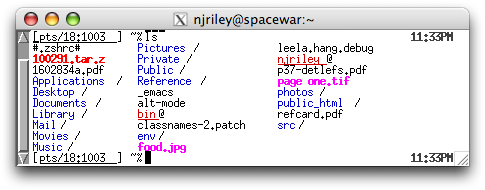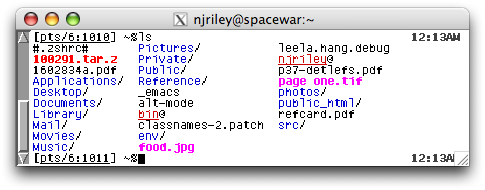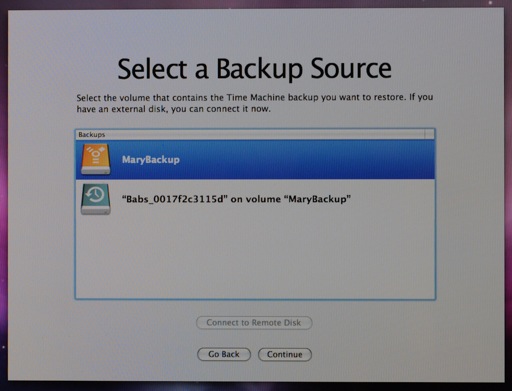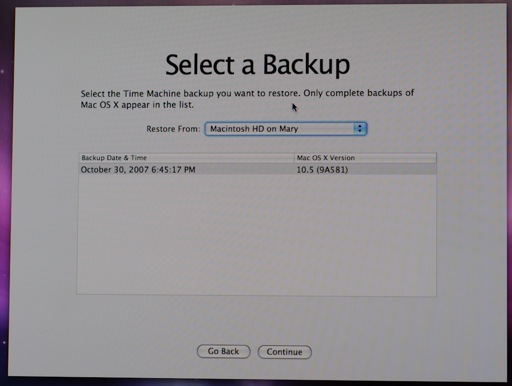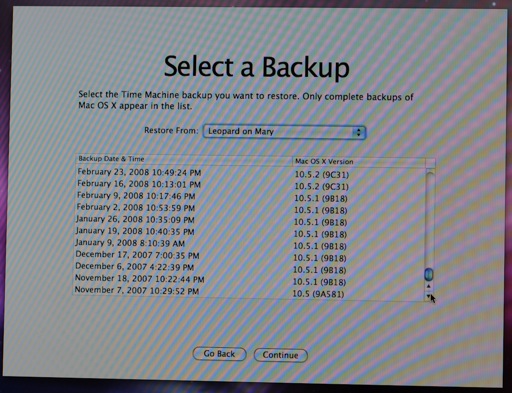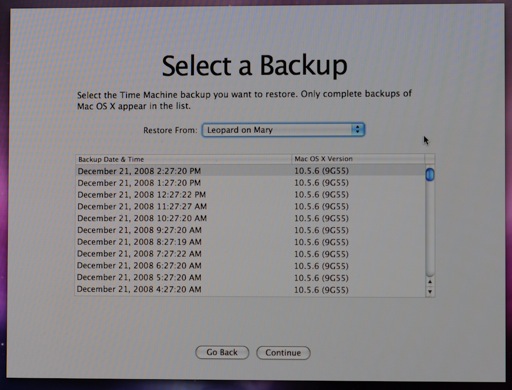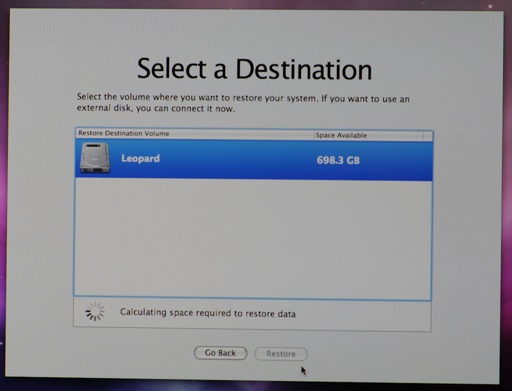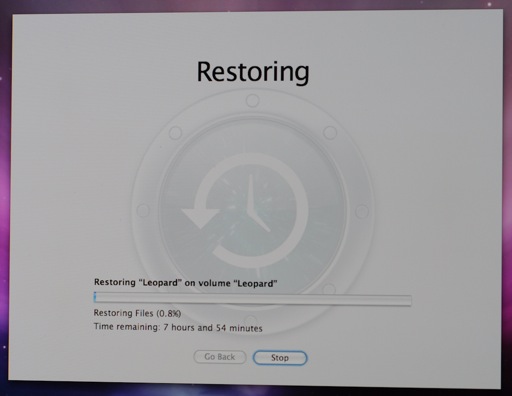Tuesday, 16 June 2009
NCIDpop 0.9.15 released
Last year I worked on NCIDpop, a network caller ID client originally written by Alexei Kosut. I recently spent a day or so doing some further hacking on NCIDpop to fix problems I and others had noticed. My changes have now been incorporated in an official release.
What’s new:
- Address Book reverse lookup support: NCIDpop will display the caller’s name, phone number label (e.g., “mobile”) and picture instead of the caller ID if the information is available in the Mac OS X address book. Also, when you double-click a caller entry in the call log, it’ll open the corresponding Address Book card rather than doing a reverse lookup.
- Don’t reformat non-numeric 10-digit numbers (e.g., turning Vonage’s click2call into (cli) ck2-call).
- A few small memory leak fixes, thanks to the Clang Static Analyzer.
- Updated reverse lookup URL list (some providers had consolidated or changed their URL format).
- Bug fix: handle NCID servers specified by IP address instead of hostname.
- Bug fix: properly reconnect to the NCID server on wireless network changes (SCNetworkReachability behavior is…interesting, and I had only tested 0.9.14 with wired networks).
Once again, if you’re wondering “why use NCID when I already have caller ID?” If you have SIP service (e.g., Vonage) at home, NCID/NCIDpop gives you caller ID on the first ring on every computer display in the place, which can save a lot of unnecessary running around to try to find the phone.
Of course, it’s just in time for me to consider giving up phone service at home as I’ll be spending much less time there in the fall. I’m overdue for a new mobile phone, but I can’t decide between an iPhone 3G S, the Palm Pre or perhaps waiting for a future Android device. I haven’t played with the Palm Pre yet; that’s on my schedule for next week.
Also: Jython 2.5 (final) was released today! It’s been a long while coming. We’ve still got a lot of work to do, particularly on performance and Java integration.
 2:33 PM
2:33 PM 9 Comments
9 Comments